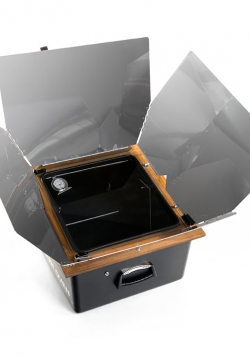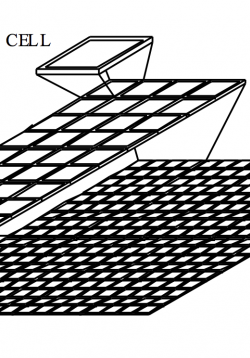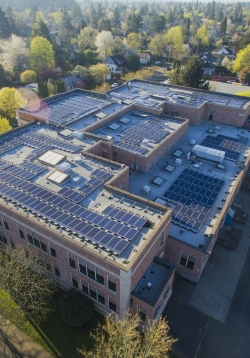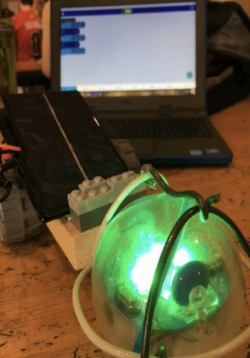Insulation
Students will learn about the importance of insulation in a solar oven. They will use their own background knowledge, as well as observations of insulation used to contain thermal energy, and determine how this will be incorporated into solar ovens.
Heat Conduction of Different Materials
After a demonstration using Amazing Ice Melting Blocks, students will conduct small temperature experiments using different types of materials. They will use what they learn to build their solar ovens and additionally answer discussion questions in their...
Solar Ovens: Choosing Colors
Students will conduct experiments using different colors of paper. During this process, they will make observations about the functionality of different colors when incorporated into design in relation to reflection and absorption. Students will use what...
Reflecting Sunlight
Students will see a demonstration and conduct a simple experiment on reflecting sunlight. During this demonstration, they will determine the purpose of the reflectors on a solar oven’s design and make observations about their functionality. They will use...
Solar Panel Construction, Orientation and Use Unit
For this extended task, students will track the sun's altitude and Azimuth to determine the best position for their hand-built solar panel, learn solar cell operation basics, solar panel construction, series and parallel circuitry and basic array sizing...
Introduction to the Photovoltaic Effect
This lesson begins with basic chemistry with regards to atomic structure. The lesson then moves to understanding the special properties of silicon as a photoelectric semi- conductor. Building on this, the basic structure of photovoltaic solar cells is...
Macro-Scale Solar
This lesson begins with basic chemistry with regards to atomic structure. The lesson then moves to understanding the special properties of silicon as a photoelectric semi- conductor. Building on this, the basic structure of photovoltaic solar cells is...
Solar Pathfinder Tutorial
This lesson is designed to allow the students to practice assembling and using their Solar Pathfinders, along with analyzing the data. The students will take a single measurement and digital photograph at a location near the classroom designated by the...
Solar Site Assessment
Students will do an actual site assessment to determine the available solar resource for a chosen location.
Solar SPRK+ Unit Overview
This unit incorporates basic programming knowledge and solar energy into an engineering design challenge using Sphero SPRK+ robots. The theme for this challenge centers on the idea of Mars rovers, and the challenges faced in space exploration, specifically...




